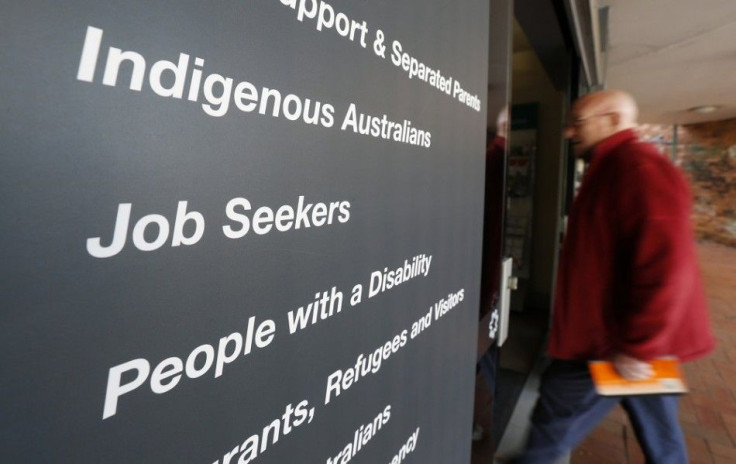Australia's unemployment rate remains unchanged

Australia’s rate of unemployment has indicated no change in September and is steady at 6.2 percent, according to the official record from the Australian Bureau of Statistics.
Despite the unchanged rate of unemployment, the number of jobs have been found deteriorating throughout the month. Employment decreased by 5,100, including a fall in full-time employment by 13,900, while part-time employment increased by 8,900 in September.
The unpredicted decrease in the number of Australian jobs is the first instance since April 2015. Analysts who were surveyed by Bloomberg had thought around 9,600 jobs would be added in September.
ABS' report indicated that there were decreases in both male full time and part-time employment along with female full-time jobs. However, the most drastic change was the number of jobs deteriorating for male employees, which accounted to 11,000 men losing their jobs.
Capital Economics Australia and New Zealand chief economist Paul Dales said decreasing employment levels were an indication of the beginning of a weaker trend. He also claimed such diminishing job numbers might force the Reserve Bank to cut interest rates once again. “We don’t think the RBA will react specifically to today’s data, although we still believe that rates will eventually fall to 1.5 percent,” Dales said via Business Spectator.
According to the ABC, Tasmania enjoyed a vital decline in unemployment from 6.4 percent in August to 6 percent in September. New South Wales, Queensland and South Australia also saw a fall in the rate of unemployment, while Victoria witnessed a rise.
Investment house AMP Capital’s Shane Oliver said that though the figures were volatile for September, the result was not as expected. He said that he forecasts the unemployment rate to increase further when mortgage rates increase significantly, which will impact customer expenditure.
Contact the writer at feedback@ibtimes.com.au, or let us know what you think below.





















